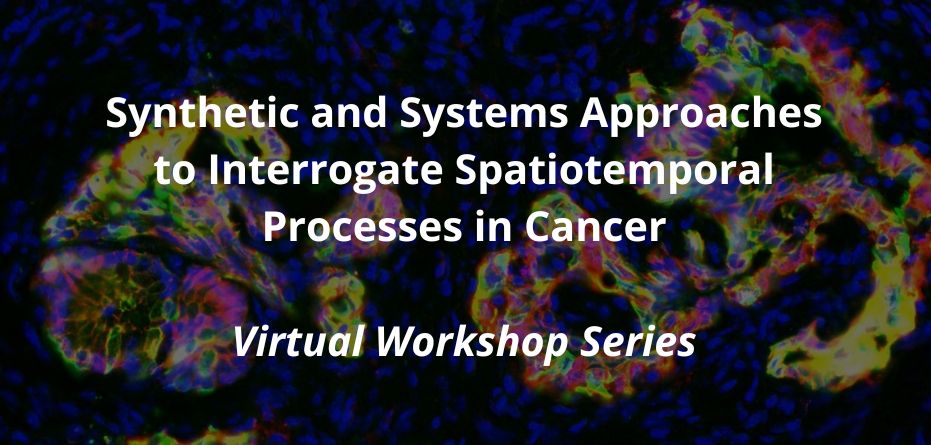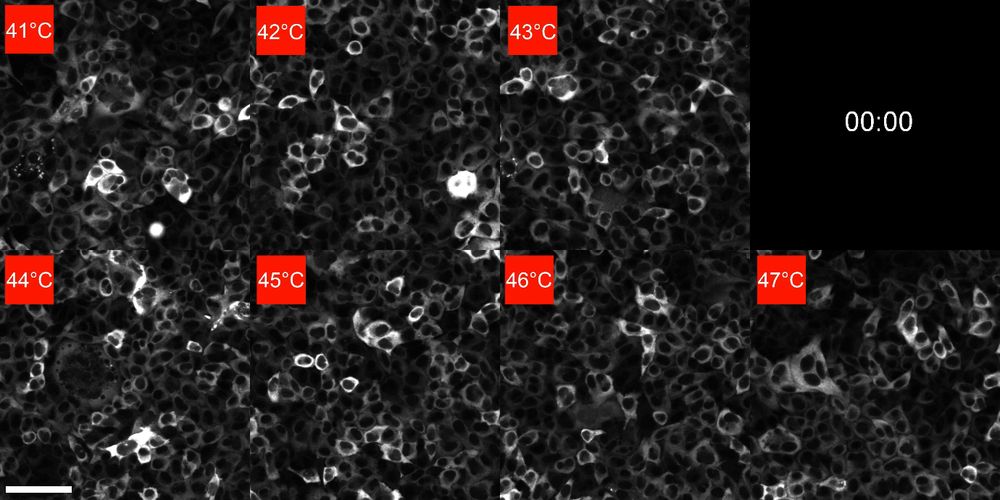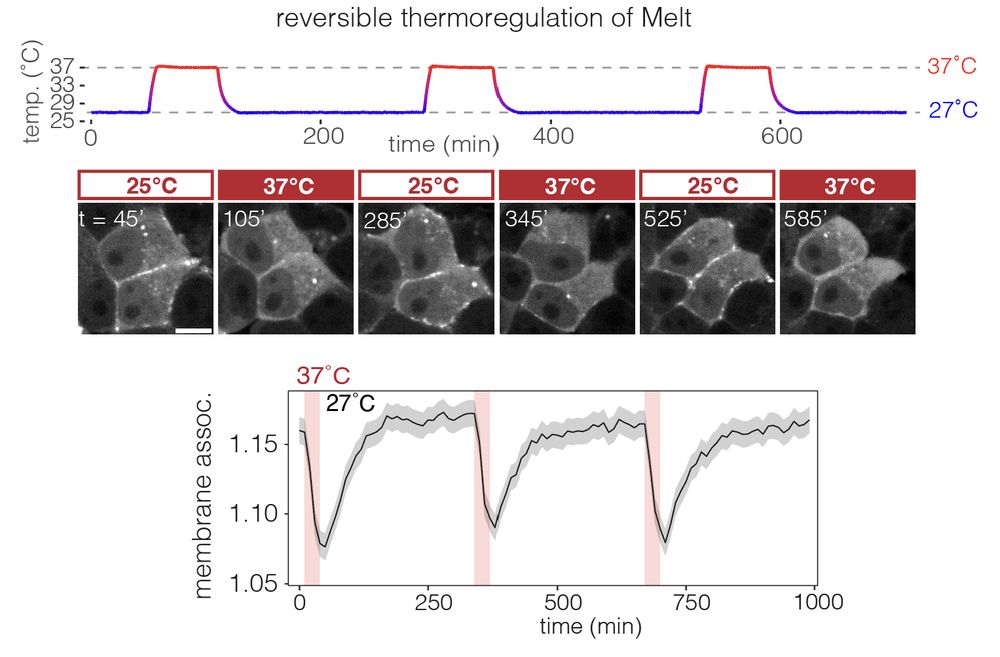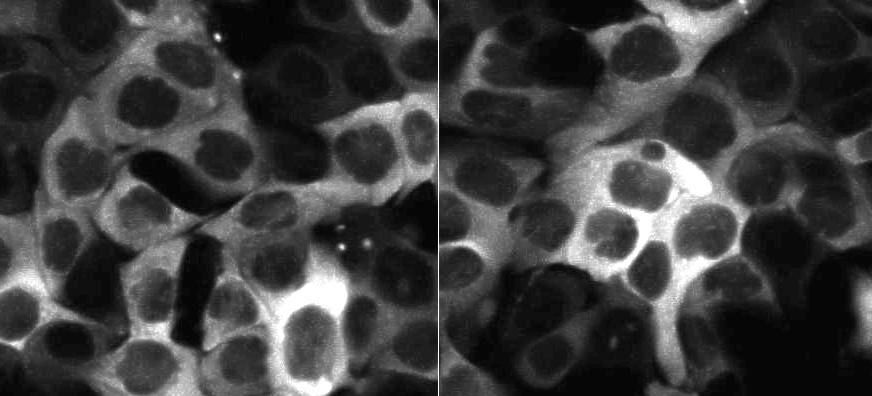registration: events.cancer.gov/nci/syntheti...
#SynSysBio4SpatialCancerResearch

registration: events.cancer.gov/nci/syntheti...
#SynSysBio4SpatialCancerResearch

📝 tinyurl.com/aviatar
📝 tinyurl.com/aviatar
www.biorxiv.org/content/10.1...
Check out the 🧵 from first author Dennis Huang:
www.biorxiv.org/content/10.1...
Check out the 🧵 from first author Dennis Huang:
www.sciencedirect.com/science/arti...
www.sciencedirect.com/science/arti...
www.sciencedirect.com/science/arti...
www.sciencedirect.com/science/arti...


bugajlab.shinyapps.io/ThermoPlate_...
bugajlab.shinyapps.io/ThermoPlate_...


📝 tinyurl.com/thermoPlate


📝 tinyurl.com/thermoPlate
@dennishuang.bsky.social, along with assists from many others in lab. Perpetually grateful to work with with such exceptional people. 🙏

@dennishuang.bsky.social, along with assists from many others in lab. Perpetually grateful to work with with such exceptional people. 🙏


@naturemethods.bsky.social Co-led by PhD students Will Benman and @dennishuang.bsky.social
www.nature.com/articles/s41...
Brief thread:
@naturemethods.bsky.social Co-led by PhD students Will Benman and @dennishuang.bsky.social
www.nature.com/articles/s41...
Brief thread:







